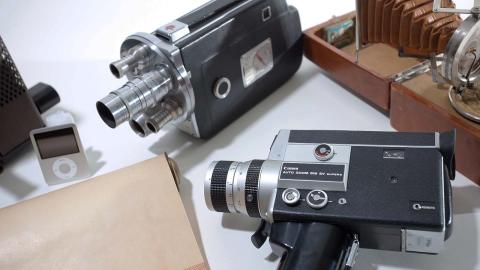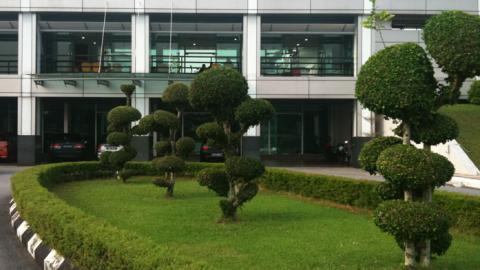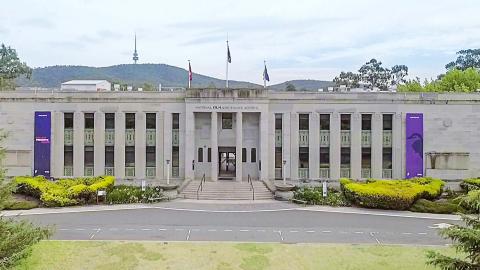
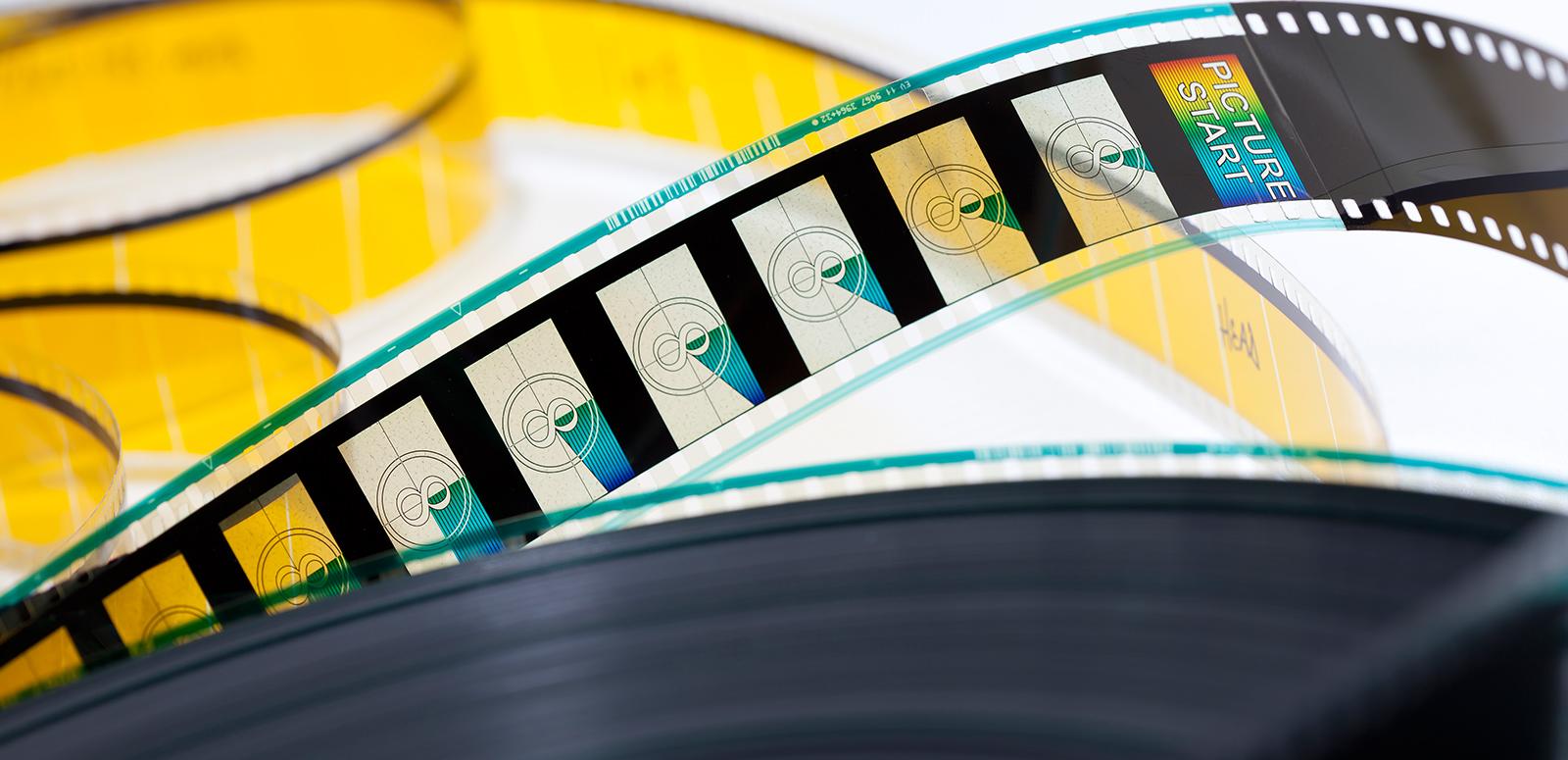
Decolonising Screen Memory
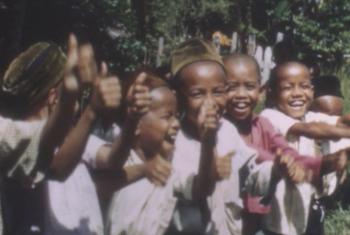
The biennial conference of the Film and History Association of Australia and New Zealand (FHAANZ) provides an opportunity for film historians, theoreticians, filmmakers and archivists to absorb new perspectives and to interact through a variety of presentations and events.
The 16th FHAANZ conference, held in Melbourne 2-5 December, was hosted by Victoria University, La Trobe University and the Australian Centre for the Moving Image (ACMI). In addition to five keynote speakers, a total of 30 panels were organised into three streams tackling the themes Animal Ethics and Human Rights on Screen, Decolonising Screen Memory, and Speculative Screen Histories. The conference opened with a tour of the Screen Worlds exhibition at ACMI and a screening of the animal ethics-related documentary Project Nim (James Marsh, UK/USA, 2011).
Where most of the previous five FHAANZ conferences I had attended ran their panels across widely separated venues, this one concentrated all its panels on a single floor of Victoria University’s Flinders Street campus, enabling plenty of interaction between delegates during breaks. Aside from the Australian faces I’d known before, there was a lively bunch of New Zealanders delivering papers on their early and recent cinema, the history and philosophy of NZ film archiving, and on Maori television.
The most rewarding papers for me were those that explored specific films or genres. Annabel Cooper’s paper on Rudall Hayward’s New Zealand Wars film The Te Kooti Trail (1927) told of the circumstances and outcomes of negotiated Maori involvement in that film, besides exploring the film’s long term and enduring significance for Maori people. James Bennett, with Indigenous Anzacs and Screen Memory, looked at the screen invisibility of the several hundred Aboriginal servicemen who served during the First World War; Stephen Gaunson explored the international characteristics of certain Australian silent-era features; and Mark David Ryan revealed the results of a recent Australian screen industry survey with The Australian Screen Producer: Understanding Screen Production Cultures in a Period of Industrial Transition.
There was acknowledgement of the long-term influence of documentary pioneer and theorist John Grierson on national cinemas (David Newman’s paper, Grierson, New Zealand and the Origins of the National Film Library, and Deane Williams’ The Grierson Cinema), of previously little-known connections between the white and Indigenous people of Yass, NSW, and Charles Chauvel’s feature film Jedda (1955), and the historical and cultural context of the feature-length documentary The Queen in Australia (1954), produced by the Australian National Film Board, later Film Australia.
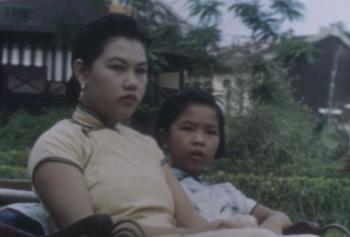
There were also absorbing talks on the film histories of countries further afield, including by Martin Mhando (The African Film Festival: Festival as Ritual), Camille Deprez (French Colonial Documentary Films in India [1896-1954]), and Ian Aitken (The Development of the Official Film in Hong Kong, 1945-1959). My own paper looked at perceptions of Indonesia in the 1939-41 documentaries of Australian filmmaker Mel Nichols, and featured extracts from Nichols’ Skyway Express (1939), Cooee Singapore (1940), The Dance of the Eyes (1941), and 40 minutes of 16 mm colour and black-and-white footage that Nichols filmed in Singapore and Malaya in 1941. A number of audience members expressed interest in the attitudes and imagery of these films, since the films themselves represented new territory and potential for ongoing exploration.
During the breaks between sessions I had an opportunity to catch up and swap news of discoveries with former NFSA SAR Fellow, Robert Smith, who presented a paper on his fellowship-related activities of bringing archival films that had been shot in specific Australian regions back to their communities. I also talked on several occasions with Emma Kelly, who in 2011 was an NFSA intern researching the productive relationship between the NFSA and the New Zealand Film Archive (NZFA) from 1981 to 1993. Emma and fellow New Zealander Simon Sigley (whose paper on the formative years of the NZFA looked at that history in terms of biculturalism and commemorative vigilance) proved interested in tapping the memories I had of meeting NZ film archivists and collectors when I visited that country in 1976.
Given my own interest in the actuality film record of South East Asia (an interest initially sparked by archival footage research for my 2001 documentary, Behind the Lines: The Secret War of Z Special Unit, set substantially in that region), I had a productive exchange of information with Ian Aitken about what film records survive for colonial Hong Kong, Singapore and Malaya (now Malaysia). Further information was exchanged with Stephen Gaunson, who recently visited the NFSA in Canberra to research the silent era feature film output of Australasian Films, culminating in For the Term of His Natural Life (Norman Dawn, 1927), while Mark David Ryan and I talked of his ongoing research into the history of Australian horror films.
The National Film and Sound Archive of Australia acknowledges Australia’s Aboriginal and Torres Strait Islander peoples as the Traditional Custodians of the land on which we work and live and gives respect to their Elders both past and present.
